Factories have suspended production. Truckers are stuck on highways. Containers are piling up at ports. Shipping vessels have been waiting to unload.
China’s economy is set to pay a heavy price as the communist regime’s determination to stamp out the COVID-19 outbreak through harsh lockdowns have brought its manufacturing and commercial hubs such as Shanghai to a halt.
Shanghai is approaching its third week of lockdown. The abrupt closure of the wealthy city that contributes roughly 4 percent of the country’s annual gross domestic product (GDP) began on March 28. While officials allowed 4.8 million people to exit their homes on April 12, the rest of the city’s 25 million residents are still sealed in. As infections hit a record high on April 14, there is no immediate sign of easing.
But Shanghai isn’t alone. About 373 million people are under partial or total lockdown, analysts at Japanese bank Nomura estimate, which accounts for 40 percent of the economy.
Chinese Premier Li Keqiang also has warned that downward pressures on the economy have intensified.
“[We] should coordinate epidemic prevention and control and economic and social development,” Li told local officials at an April 11 seminar, official media Xinhua reported.
Economists have predicted the country is likely to miss its official 5.5 percent GDP growth target this year. Now, they worry if the lockdown continues, the effects could ripple far beyond the country’s borders.
Tech Woes
Half of China’s chip production is from the Yangtze River delta region, centered around Shanghai, with 10 percent directly from Shanghai, according to Natixis.More suppliers said last week that the tightened curbs in Shanghai and nearby Kunshan have led them to halt production. An official at Taiwan’s Financial Supervisory Commission said on April 10 that some 161 Taiwanese companies in Shanghai and Kunshan reported their operation temporarily stopped; 41 of them are electronics makers.
Auto Industry Troubles
Carmakers have been hard hit. Tesla’s giga factory in Shanghai has yet to resume work. The facility that produced more than 65,000 cars in February has been idled since March 28, Reuters reported, citing an internal notice and internal sources.Its Chinese rival, Nio, said on April 9 that work has temporarily stopped at a factory in Hefei, an eastern Chinese city that isn’t under lockdown, because its suppliers in other cities have stopped working.
“If the suppliers in Shanghai and its surrounding areas can’t find a way to resume operations and production, in May, possibly all of China’s carmakers will have to stop production,” electric-car maker Xpeng’s CEO said on April 14.
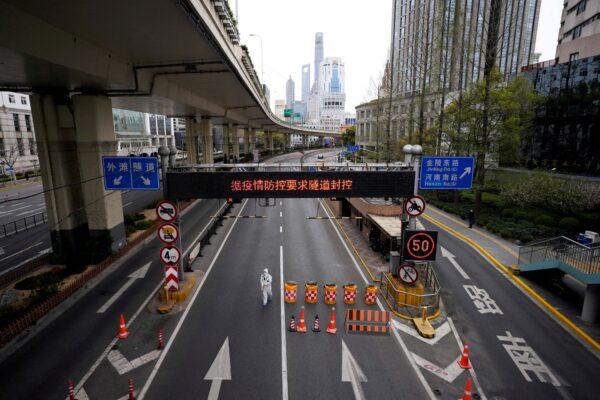
China’s lockdowns have also created an auto sales slump. Sales in the world’s biggest car market fell 11.7 percent year-on-year in March, following an 18.7 percent increase in February, data from the China Association of Automobile Manufacturers show.
Manufacturing Disruption
Signs that the expanding lockdown is weighing on the manufacturing economy have emerged. A private gauge showed March manufacturing activities contracted at the sharpest pace seen since February 2020, when the Chinese regime launched its “zero-COVID” playbook.Caixin purchasing managers’ index (PMI), which is based on surveys of small and medium-sized companies, fell to 48.1 in March, in contrast with a small increase in February.
“Companies frequently mentioned that the measures to contain the spread of COVID-19 had disrupted operations, supply and dampened customer demand,” the report reads.
Truckers’ Blues
Nationwide truck traffic has slumped 40 percent from mid-March, with activities around Shanghai itself a mere 15 percent of normal levels, Ernan Cui, an analyst with Gavekal, said in an April 13 report.Long-distance truck drivers are feeling the pain. A trucker told domestic media last week that a recent trip to deliver goods to Shanghai that normally required two days took more than two weeks. The driver said he was stuck on highways for days because he was required to present a negative test result from within 48 hours at multiple checkpoints. He also struggled to pass checkpoints because his smartphone health codes, which needed to be “green” for him to clear inspection, were automatically invalidated while passing through risky areas.
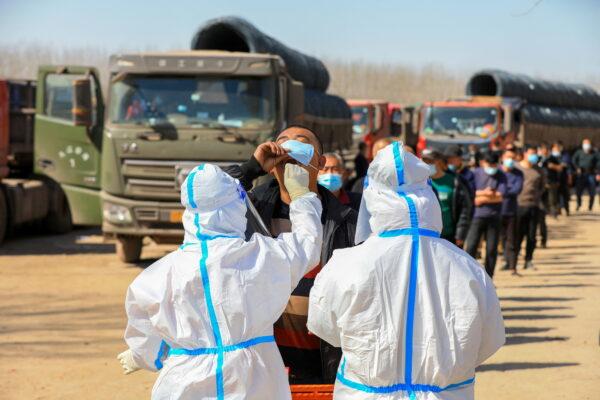
The extended transportation time is putting stress on supply chains. Container vessel operators told domestic media that the COVID-19 curbs in Shanghai left truckers unable to transport containers in and out of the ports. Maersk, the world’s second-largest container shipping company, told clients on April 11 that the efficiency of its trucking service to and from Shanghai would be further affected because of the lockdown.
Clogged Ports
While Shanghai claims that its ports are functioning normally with special support, Refinitiv data show the number of container ships waiting off the coast of the city and nearby Zhoushan has more than doubled since the start of April to 118—nearly three times the number a year ago.The European Chamber of Commerce in China last week estimated that week-on-week volumes at Shanghai port, the world’s busiest, are down by 40 percent.
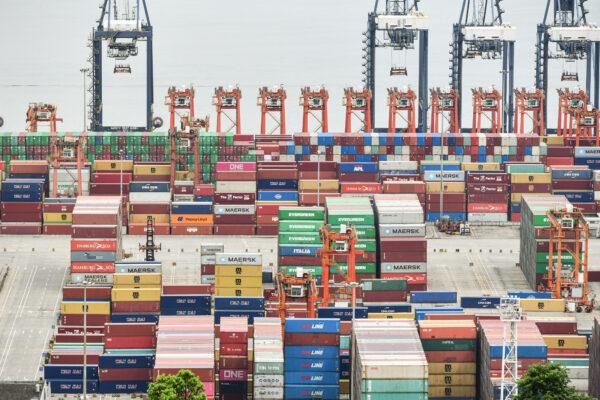
In a sign of pressure on imports, official data released on April 13 show China’s imports in March fell 0.1 percent, the first decline since August 2020.
Shipowners such as Maersk recommend clients to divert shipments from the congested Shanghai port to other Chinese destinations, but analysts aren’t optimistic.
Could Be Worse
If the current lockdown persists through April, Shanghai will encounter a 6 percent loss in GDP, amounting to a 2 percent GDP loss for the whole country, Iris Pang, Greater China chief economist at ING, said in a note on April 7.ING revised China’s economic growth forecast for 2022 to 4.6 percent from 4.8 percent.
An April 7 study by Gavekal Dragonomics found that 87 of China’s 100 largest cities by GDP have imposed some form of quarantine curbs.
China set a target for the GDP to grow by “around 5.5 percent” this year, the lowest level in nearly three decades.
Natixis said the regime’s insistence on its zero-COVID approach “is bound to pose another headwind to the already decelerating economic growth,” according to a March 30 note.
The bank had predicted last month that the sharp reduction in mobility due to the lockdown and other restrictions would shave 1.8 percentage points from the country’s GDP growth in the first quarter of 2022.
Official first-quarter economic data are due to be released on April 18.
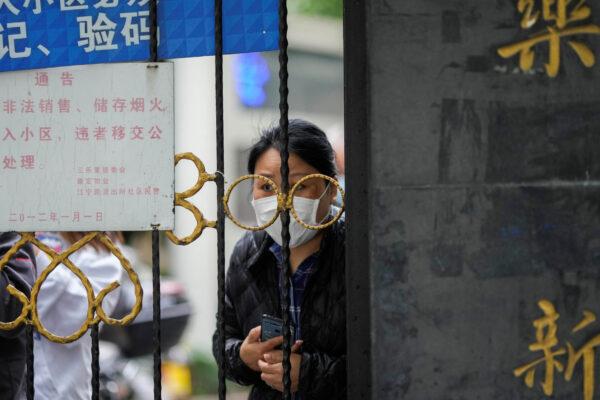
“Prevention and control work cannot be relaxed,” Xi told officials during an inspection trip to the tropical island of Hainan. “[We] need to overcome paralyzing thoughts and war-weariness.
“Persistence is victory.”
But ordinary citizens appear to be feeling weary.
Chen Xin, who runs a family-owned embroidery and garment painting factory in Guangdong province, said that since late March, he has been unable to ship roughly 70 to 80 percent of orders because customers can’t receive them.
“The current situation is, the impact of the policy is greater than the epidemic,” he said.
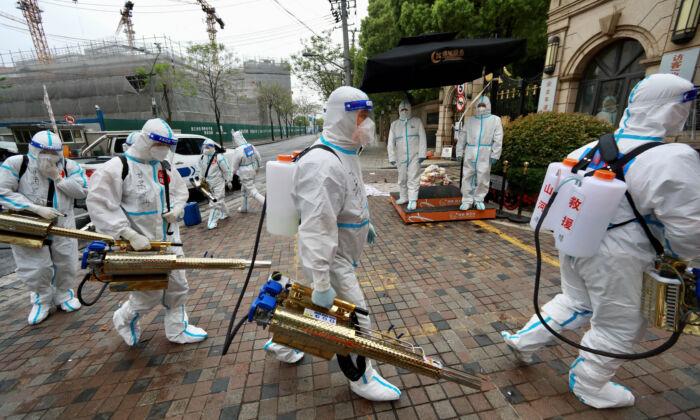
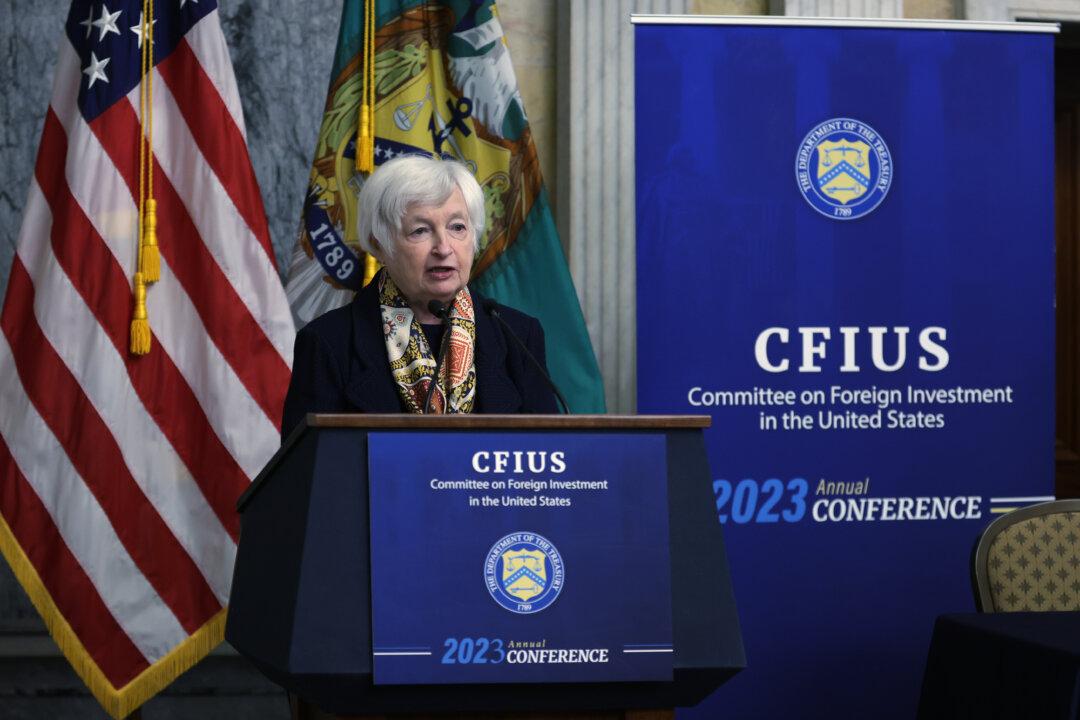
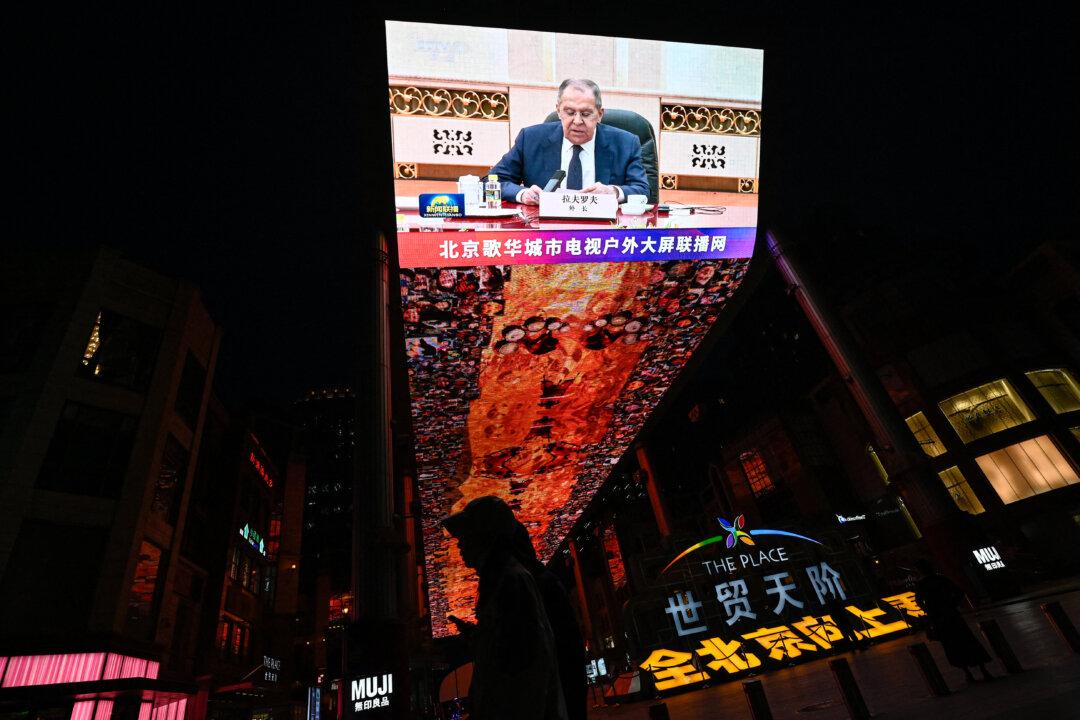
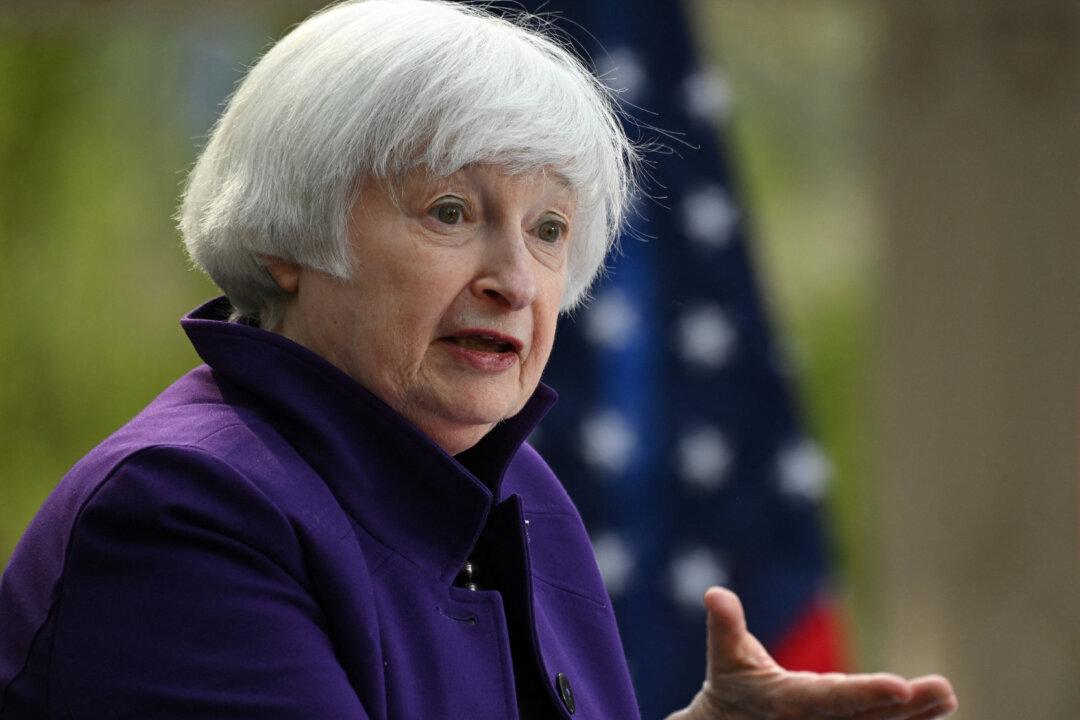
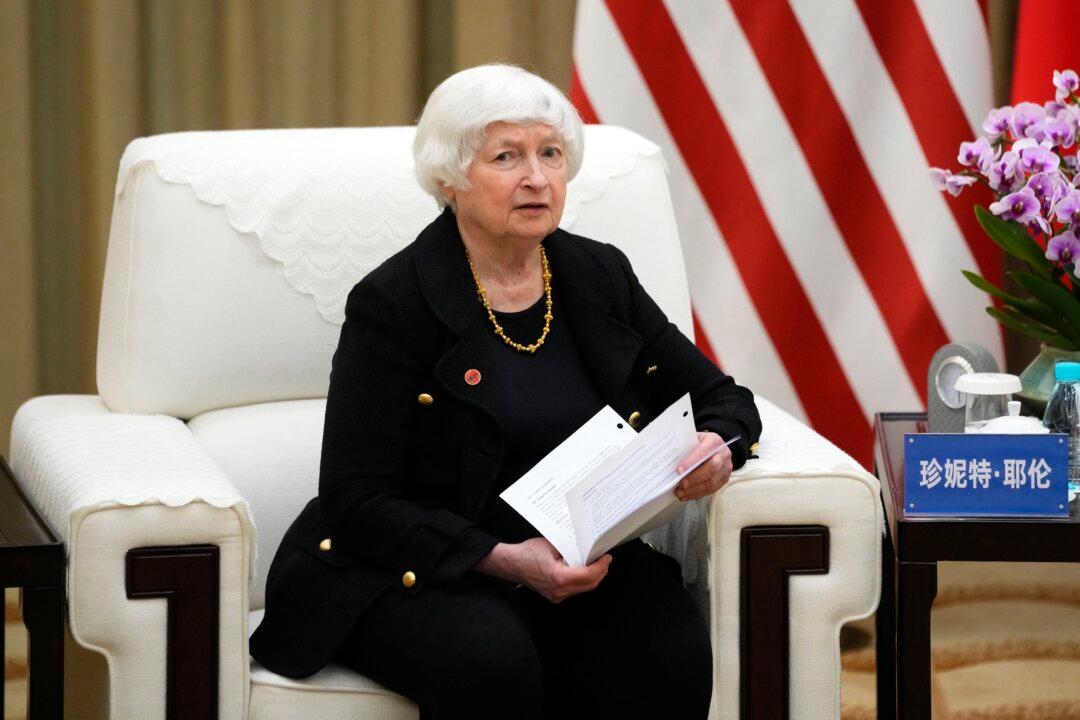
Friends Read Free